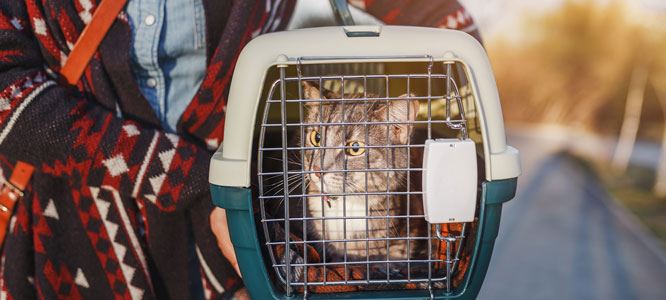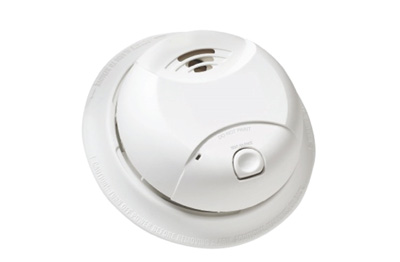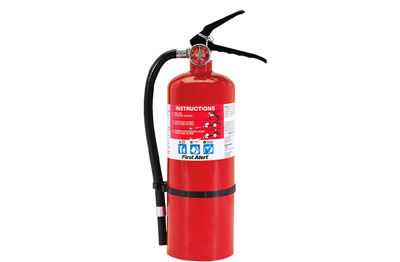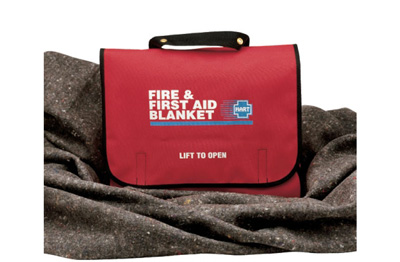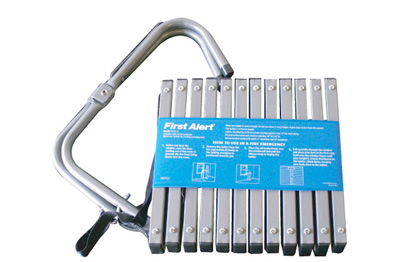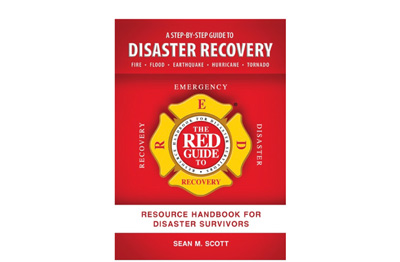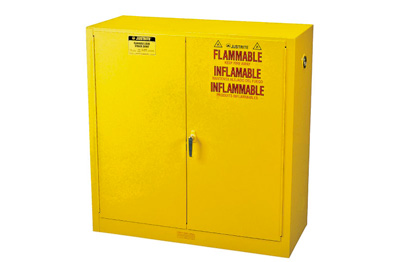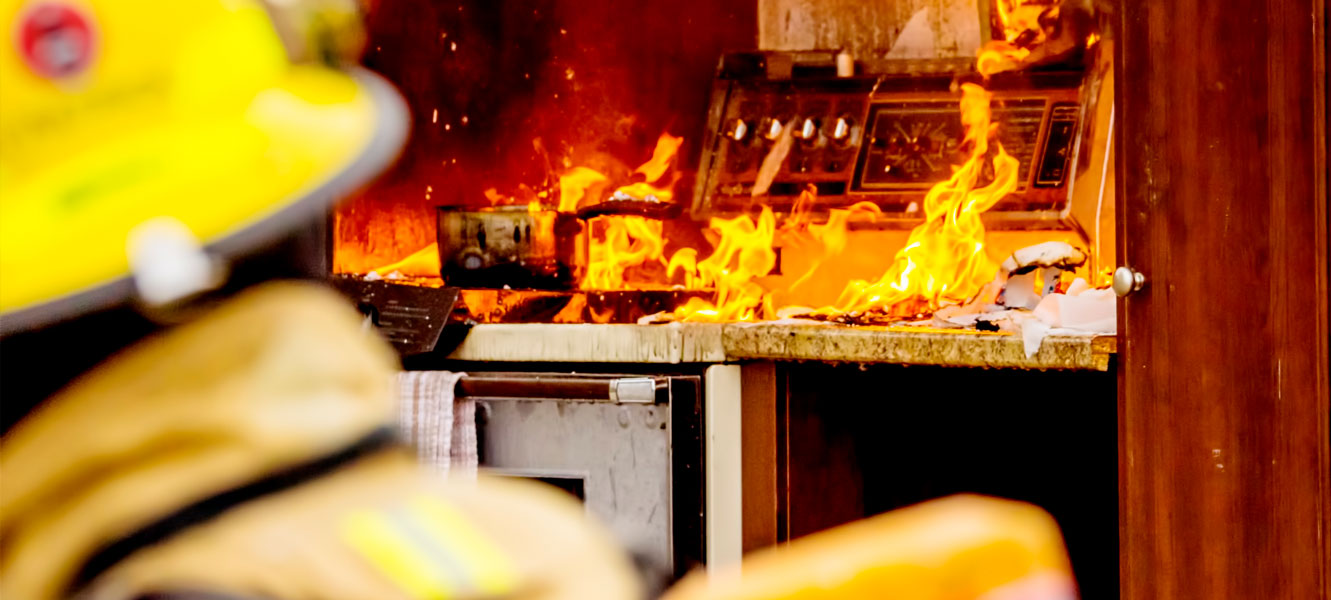
Fire Safety Facts & StatisticsThursday, October 6, 2016 The National Fire Protection Association has declared October 3rd through the 9th to be National Fire Prevention Week, and SOS Survival Products is here to help pass some important facts about fire safety on to you. Whether you're reading this post in October or August, fire safety remains relevant. Fire death is a serious issue in the US and home fire accidents are shockingly common. Becoming aware of the statistics, learning how to prevent fires, and knowing what to do in the event of a fire could save your life. If you're of the opinion that you're unlikely to be affected by a fire, think again. While large structure fires are typically seen in the news, according to the National Fire Protection Association, 80 percent of fire death occurrences happen in the home. Fires are more likely to happen in familiar surroundings because we're much more likely to act carelessly there. Walking away from food cooking on the stove, lighting candles, and smoking are just three of the leading causes of home fire incidents that cause roughly $7 billion in personal property damage and claim more than 2,500 lives every year. According to the Red Cross, 36 people will be injured by fires daily in 2016, and seven fire-related deaths in the United States will occur before the end of the day. Vehicle fires, workplace fires, tree fires, and other nonresidential fires are too-common threats. And while direct property loss can be difficult, smoke inhalation injury and even death are devastating. Home fire incidents are a serious issue not to be taken lightly. The death rate is too high not to prepare. Civilian fire deaths and civilian fire injuries are often preventable, according to the U.S. Fire Administration. Don't become next year's statistic. Safety education and safety statistics can make a big difference. Learn fire safety tips, discover how to prevent fires, and learn what actions to take should a house fire occur in your home. 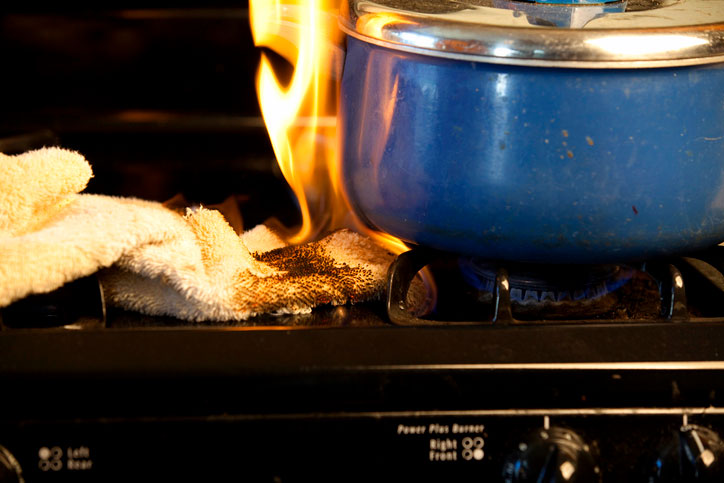
Top 5 Causes of Home Fires
While candles and smoking are common causes of many residential fires each year in the US, cooking and heating/electrical fires are the most common. Cooking FiresCooking can be dangerous. It not only poses a risk of burn injury, but it's also the single leading cause of house fire incidents in the United States year after year. From grease fires to simply forgetting you've left the stove on, a kitchen fire can quickly become uncontrollable, creating a fire large enough to consume your home in just minutes. Remember a house fire can spread to other homes and cause larger residential fires leading to significant direct property damage and even worse, fatalities. Children ages 8 to 11 may be old enough to operate a stove with supervision, but younger children probably shouldn’t. There are some things you can do to improve your fire safety and prevent cooking fires.
Should a fire occur on the stove, use a lid to cover and smother the flame. Don't use water. Don't try to fan the flame away. If a fire starts in your oven, turn the oven off and keep the door closed! If at any time you feel like you're no longer in control of the fire, leave your home at once and then call 9-1-1 for help. Heating and Electrical Fires
Remember to stay vigilant even with less common types of fires like camp fire incidents, chimney fires, and outdoor fire hazards. It's also important to make sure that flammable liquids are stored properly and that other items like matches are stored in a locked cabinet or other location where children can’t access them. Proper storage of household chemicals and other items can reduce accidents and prevent injuries. Be Prepared
A functioning smoke detector is your first line of defense when it comes to house fires. Smoke detectors help alert you and your family of smoke or fire oftentimes minutes before you're aware of a problem and are a vital life-saving asset.
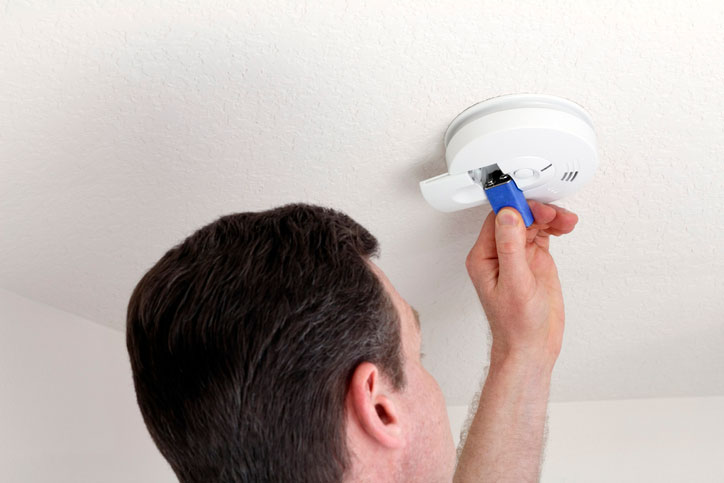
If your smoke detector has many false alarms, there may be something wrong with it. You might have to replace the entire smoke alarm unit. You can also install smart smoke detectors for added safety. Smoke alarm installation isn't too difficult, and it's definitely worth it. In addition, carbon monoxide alarms help keep inhabitants safe. Some homes, apartments, or condos may additionally be equipped with fire sprinkler systems. If you live in an apartment building, contact your building manager to ensure that your unit's safety equipment functions properly. If your home doesn’t have an automatic fire sprinkler system, it’s recommended that you install one yourself to achieve basic life safety. Fire safety sprinklers are an essential piece of safety equipment and can reduce your home insurance premium, are easy to maintain, remain effective in all climates, and reduce the risk of dying in a fire by about 80 percent. The national average of house fire occurrences is too high to ignore. Don't let smoke alarm failures happen to you. In addition, SOS Survival Products recommends you keep a fire extinguisher in every major room and equip your home with a foldable emergency ladder to allow for a safe escape from second- or third-story windows. Know Your Plan
While most fires occur in the home, workplace fires and campus fires are also a threat. If you attend school, learn campus fire safety tips. You should also learn evacuation routes, memorize your escape plan, and know where the nearest fire extinguisher is located. You can practice life safety and protect your property from damage with training and practice. Fire prevention and fire safety awareness is a valuable tool. Pass it on. Share this post with your friends and family or comment below to add your own prevention tools, tips, and stories for others to hear. Take fire safety seriously and stay safe. |


